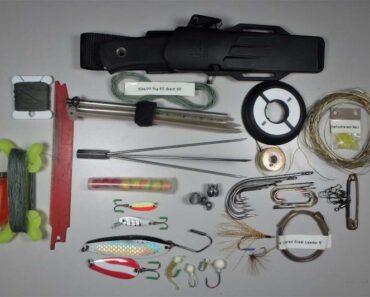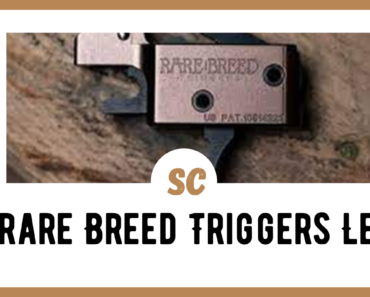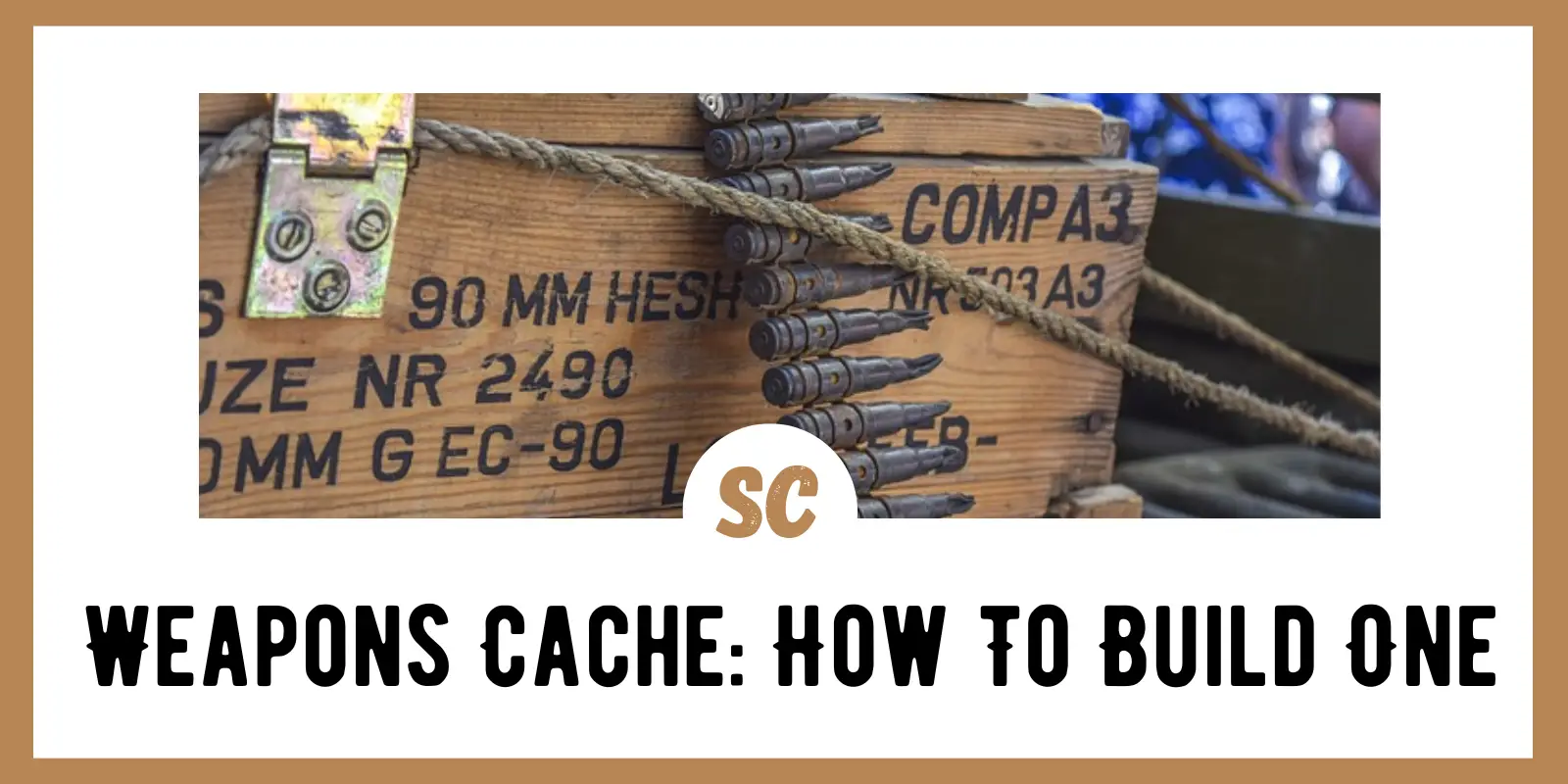A paracord shotgun sling is a specially crafted accessory designed to enhance shotguns’ carrying and handling experience. It uses paracord, a versatile, durable nylon rope with exceptional strength and flexibility. The 550 paracord used in these slings is typically woven or braided to create a strong yet comfortable strap for securing the shotgun.
Understand the Term Shotgun Sling.
A shotgun sling is a type of strap or harness designed specifically for carrying a shotgun. It is a device used to support and secure a gun, making it easier and more comfortable to carry over long distances or during activities such as hunting or shooting sports.
The shotgun sling typically consists of a long strap of durable materials such as nylon or leather. One end of the sling is attached to the shotgun’s stock, often using swivels or quick-detach mechanisms for easy attachment and removal. The other end of the sling is attached to the front end of the shotgun, near the barrel or magazine tube.
The primary purpose of a shotgun sling is to distribute the shotgun’s weight evenly across the body, reducing strain and fatigue on the arms and shoulders. It allows the shooter to keep their hands free for other tasks while keeping the shotgun readily accessible for quick deployment when needed.
Key Advantage of Paracord Shotgun Sling
A paracord shotgun sling offers several benefits for both shotgun enthusiasts and outdoor enthusiasts. Here are some key advantages of using a paracord shotgun sling.
Comfortable Carrying: Paracord slings distribute the shotgun’s weight evenly, offering a relaxed and balanced carrying experience, reducing strain and fatigue during extended periods of use.
Secure Attachment: Paracord slings provide a secure attachment to shotguns, minimizing the risk of accidental drops or mishandling while keeping the firearm accessible and within reach.
Customization Options: Paracord slings come in various colors, patterns, and decorative knots, allowing users to personalize their slings to match their style and preferences, creating a unique and visually appealing accessory.
Enhanced Safety: Paracord slings ensure the safe retention of the shotgun, preventing accidents and maintaining control over the firearm, providing peace of mind and quick access when needed.
Convenience in the Field: Paracord slings allow for hands-free carrying, enabling users to navigate challenging terrain or perform other tasks while keeping the shotgun readily available.
Easy Adjustability: Many paracord slings offer adjustable lengths, allowing users to customize the fit to their body size and carry preferences, ensuring optimal comfort and usability.
Cost-Effective Solution: Paracord slings are an affordable option compared to other types of slings, providing a cost-effective solution without compromising on strength, durability, or functionality.
Make your own Paracord Shotgun Sling
When creating a paracord shotgun sling, there are numerous patterns and weaves to choose from. Each design offers its unique style and characteristics. Here are some popular techniques for making a paracord shotgun sling, such as Cobra Weave, King Cobra Weave, Diamond Knot Weave, Viper Weave, Snake Knot Weave, Fishtail Braid, Solomon Bar Weave, Wide Solomon Bar Weave, and Round Braid.
The Cobra Weave is the most popular and widely used among the various patterns for a paracord shotgun sling. The Cobra Weave is known for its simplicity, durability, and versatility, making it a go-to choice for many crafters and enthusiasts.
Step 1: Supplies You’ll Need:
- 50-100 feet of 550 paracords (depending on your desired sling length)
- Scissors or a knife for cutting the paracord
- Measuring tape or ruler
- Lighter or heat source for melting the paracord ends
- Optional: Swivels or quick-detach mechanisms for attaching the sling to your shotgun
Step 2: Measuring and Cutting the Paracord
Start by measuring the desired length of your sling. Measure from the attachment point on the stock of your shotgun to the front attachment point near the barrel. Add a few extra inches to account for knots and adjustability. Once measured, cut two equal lengths of paracord for the main sections of the sling.
Step 3: Creating the Base Weave
Take one length of paracord and fold it in half. Form a small loop at the midpoint, leaving enough space for the attachment point on the stock. Passing the folded end through the coil creates a lark’s head knot. Tighten the knot by pulling the loose ends.
Now, you’ll start weaving the paracord using the cobra stitch or any other desired knotting technique. Alternate the sides by passing the left cord over the middle strands and under the right thread, then vice versa. Repeat this pattern until you reach the desired length for the base weave.
Step 4: Adding Decorative Knots or Patterns
Once you’ve completed the base weave, you can add decorative knots or patterns to enhance the appearance and grip of your paracord sling. Popular options include diamond knots, snake knots, or fishtail braids. Get creative and experiment with different knots to achieve the desired look.
Step 5: Finishing the Ends and Securing the Sling
When you reach the end of the sling, trim the excess paracord, leaving approximately six inches. Melt the cut ends of the paracord with a lighter or heat source to prevent fraying. Be careful not to burn the cord; a gentle touch with the flame will suffice. Once the ends are melted, quickly press them against a flat surface to seal and cool them.
To secure the ends, tie a knot or use a finishing technique such as a diamond or cow hitch. Ensure that the knot is tight and secure to prevent unraveling.
Step 6: Testing and Adjusting the Sling Length
Attach the sling to your shotgun’s attachment points and test its length. The splint should allow for comfortable carrying and easy maneuverability of the gun. Adjust the size by untying knots and adding or removing paracord as needed. Ensure that the sling provides a secure and comfortable fit.
Step 7: Adding Swivels or Quick-Detach Mechanisms (Optional)
If desired, you can attach swivels or quick-detach mechanisms to the ends of your paracord sling. These attachments provide convenient options for quickly removing or detaching the sling from your shotgun. Follow the manufacturer’s instructions to attach these accessories securely.
Step 8: Final Touches and Maintenance Tips
Once you’re satisfied with the length and attachments, give your paracord sling a final inspection. Ensure that all knots and wings are secure and that the sling is in good condition. Trim any excess threads or adjust knots for a cleaner appearance if needed.
To maintain your paracord shotgun sling, periodically inspect it for signs of wear or damage. Clean the sling with mild soap and warm water if it becomes dirty. Avoid exposing the sling to excessive heat or prolonged sunlight, which can weaken the paracord fibers.
You can create a functional and personalized paracord shotgun sling following these step-by-step instructions. The paracord’s versatility, durability, and strength make it an excellent choice for carrying your shotgun comfortably and securely. Enjoy the process of crafting your sling and take pride in the unique accessory you’ve made.
Share your thoughts with us in the comments section below!
Up Next:
Follow us on Facebook, Instagram, Twitter, and Pinterest!
Disclaimer: All content on this site is for informational purposes only. Please read our full disclaimer here.





![[VIDEO] Pocket Survival Kit (PSK) – Food Procurement Options [VIDEO] Pocket Survival Kit (PSK) – Food Procurement Options](https://survivalcove.com/wp-content/uploads/2023/09/CachePSK6-370x297.jpg)






















